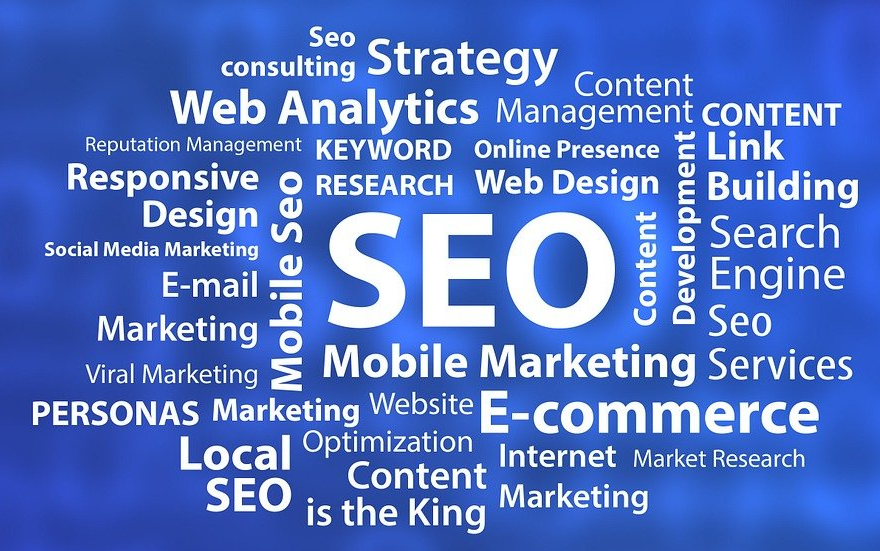SEO is quite the prominent word in the online community. Many popular blogs use on their webpage SEO techniques in order to reach success and popularity very quickly and shortly. However most new bloggers find it difficult to implement SEO techniques in their blog. Are you one of them? Then this article is just for you.
Here in this article, I will tell you what you need to know about on-page search engine optimization:
1. Important keywords must be selected for your Blog
Keywords are very important for all kinds of blogs. It will be useful to concentrate on the proper selection of keywords for your website or blog since this will determine how easily users will come across your website. You can use a tool such as Google Keyword Tool, which is a part of adwords, in order to select very low competition keywords that can help improve your popularity in the rankings of search engines.
2. Never default to “vanity keywords “
Vanity keywords are those words that most users pay the most attention to. This is a prominent technique for On-Page optimization. The main keyword should be included with your domain name, for example – if “Cell Phone” happens to be your main keyword, you would probably choose your domain names like those found below.
- CellPhone.com, OR
- CellPhoneinfo.com
Choosing a common keyword does not provide any harm in itself, but it will give you’re a much more difficult time in gaining popularity in the rankings than if you use a less common keyword.
3. Main keyword in the Meta Descriptions of your site must include Meta Tag Settings
The main keyword should be included in the Meta description of the website or blog. To manage the Meta tags, you can use an all-in-one SEO pack and other similar programs.
4. Main keyword is repeated in your H1, H2, H3 tags/ Heading Tags Settings
The main keyword phrase has to appear in your in 2nd Headline, H1, H2, and H3 Tags. By increasing the number of times you use your keyword phrase, you can actually improve your ranking in the Google’s search results.
5. Make use of alt tags for the images
In Word Press, there are advanced options for SEO; there is an option for the alt tags on the image editor (in word press CMS only). Just use these options in order to insert the alt tags for the images in word press blogs paper linking. Image paper linking alt tags helps in increasing the search traffic from Google’s image search.
6. Clearly Identify Your SEO Goals and Include the main keyword in the Anchor Text
The anchor text plays an important role on a Blog’s SEO. It is also important to include the main keyword in the anchor text. Your anchor text just means that you should clearly identify your SEO goals in your comments on the site.
7. Sitemap for easy access
Sitemap is a simple XML file which makes the work of search bots quite easy. Site maps help make our blog search engine friendly. You can easily create a site map for the wordpress blog by using the”Google XML sitemaps” plug ins. Bloggers that do not use wordpress need to create a sitemap manually with the use of Google’s webmaster Tools.
8. Effect of Broken Links
We must take care of the broken links in our blog because these broken links tend to have a negative effect on the site’s search engine rankings. Most broken links redirect users to a page that displays that there was a 404 error. Word Press users can simply use the”Broken Link Checker” Plug-in to remove the found broken links on blogs.
9. Better Internal Linking
It should be kept in mind that better internal linking is more important than back links, though back links can help with SEO. “SEO Smart Links” word press plug-in automatically builds internal links in the blog. For other bloggers, you need to create internal links manually.
10. Duplication in Content must be avoided
It is very important that duplication in content is avoided in your blog.
Hope you liked the article. Feel free to share your valuable views.



